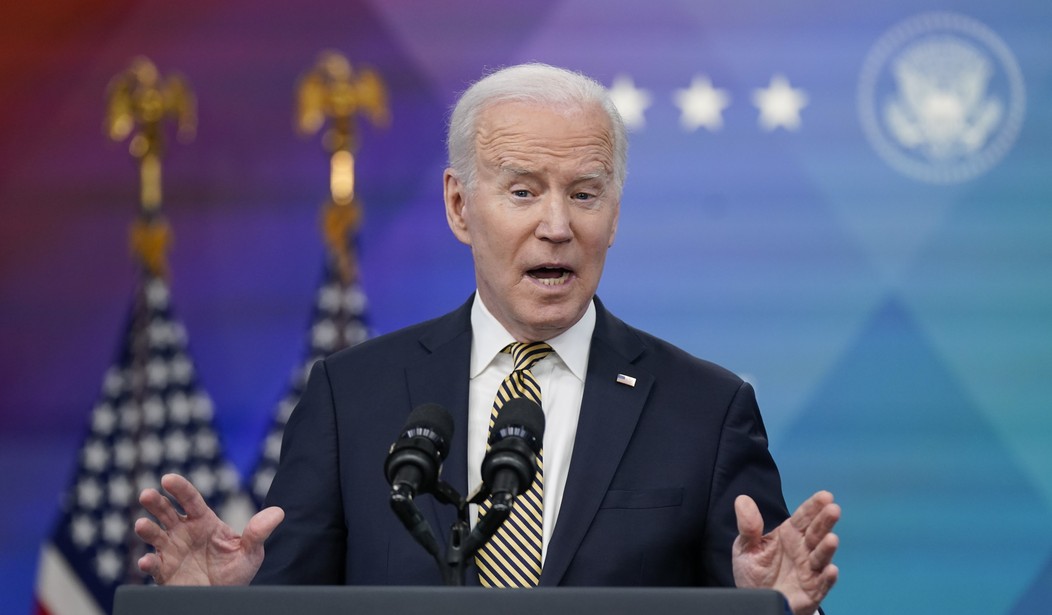A Four Pinocchio lie, in fact, as Glenn Kessler reports this morning. Joe Biden has a very bad habit of exaggerating and confusing details, but this claim goes well beyond that into sheer fantasy. In his op-ed at the Wall Street Journal on Monday, Biden claimed that utility-company executives told him that his economic plan would save American households an average of $500 a year, starting immediately:
“A dozen CEOs of America’s largest utility companies told me earlier this year that my plan would reduce the average family’s annual utility bills by $500 and accelerate our transition from energy produced by autocrats.”
Not only do those numbers not add up, Kessler concludes, Biden’s flat-out lying about the conversation:
But when we located the transcript of Biden’s conversation with utility executives on Feb. 9, we found no reference to $500 in utility savings. The figure was also not mentioned in the White House readout of the meeting.
Biden’s also lying about the numbers. He pulled the $500 figure from a friendly analysis by the Rhodium Group that was prepared in October. That report predicted $500 annual savings in overall energy costs, not just utilities, and not until 2030. Most of that savings came from eliminating gasoline from family budgets as cars would go completely onto the grid. The actual projected utility savings would be, er …
Indeed, the report notes that, if the Biden climate plan were adopted, home electricity bills by 2030 would be between one dollar more and five dollars less than under current policy. That might pay for an extra ice cream cone over the summer.
This is fanciful for other reasons, too. Moving tens of millions of personal vehicles onto the electrical grid would create a vast spike in demand for electricity. We can’t keep up with current demand now, thanks to increasingly restrictive policies on sources for electrical generation. Several states right now are warning about plans for rolling brownouts and blackouts as a means to ration access to limited electricity, including car-happy California. Prices would go through the roof by 2030, as supply won’t match current demand without expanding the fossil fuels used for electrical generation. Expecting the transition to be cost-free to households ignores the large amount of kilowatt hours it will take to keep vehicles charged, too.
But even apart from that, the economic situation has changed since October. Much of the increase in energy costs for households has come with gasoline, but electricity costs are also rising — both in price and rationed access in a price-controlled environment. Energy costs money regardless of how it originates, and gas-powered vehicles at least allow consumers to operate independent of grid shortages.
Kessler drops four Pinocchios on Biden in his conclusion:
[H]e didn’t hear that from utility executives. And the report he is citing is not about household utility-bill savings. Most of the claimed savings comes from the reduced cost of driving. And the estimate is for 2030 — when he would no longer be president, even if he served a second term.
Is there any doubt the president earns Four Pinocchios?
No doubt at all. Four Pinocchios is the minimum allowance for Biden on a daily basis. And if Biden wants to keep the US from being dependent on “autocrats” for our energy needs, then he needs to work to expand exploration, extraction, and refining in the US, rather than doing the opposite over the last 17 months.








Join the conversation as a VIP Member